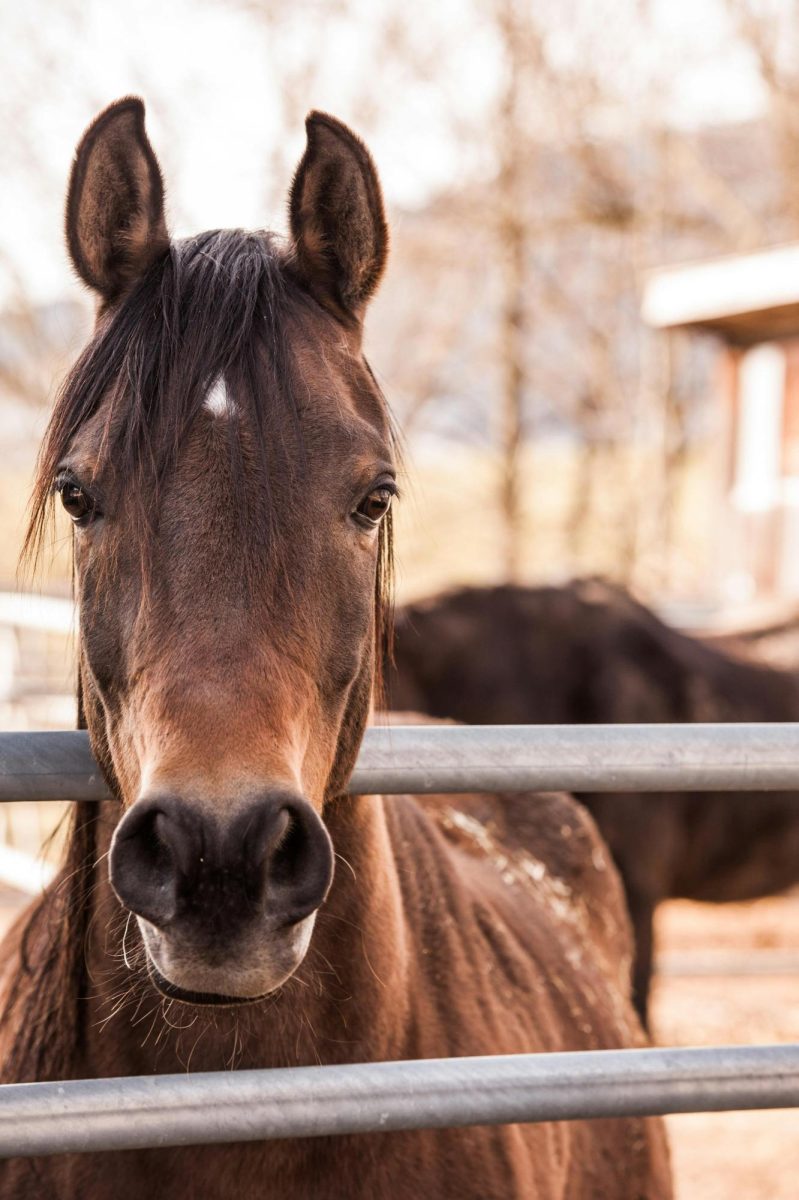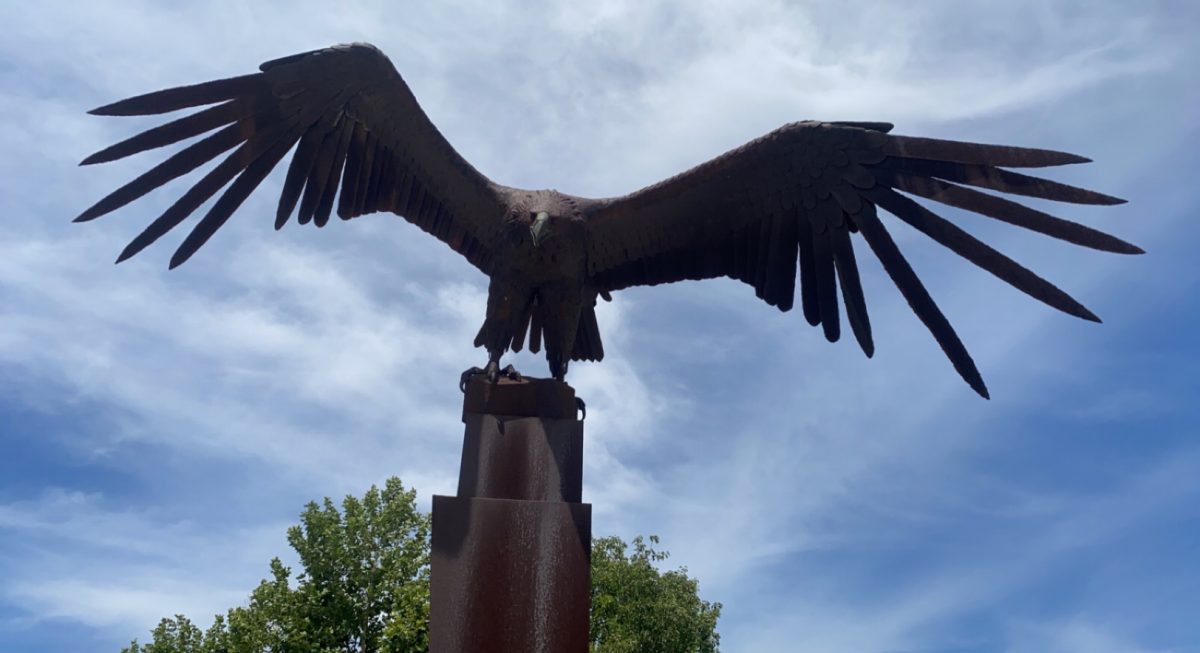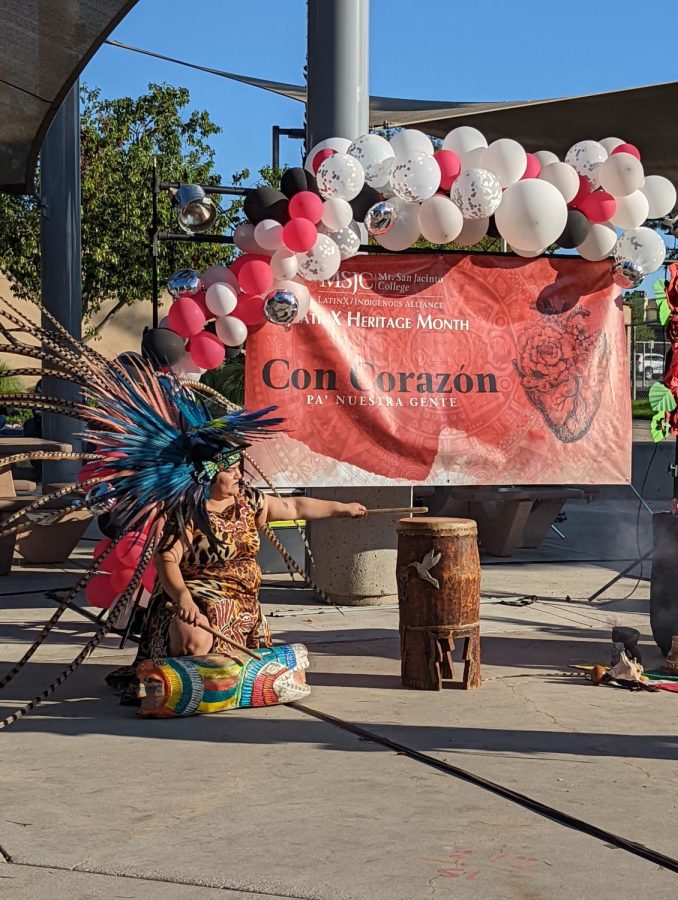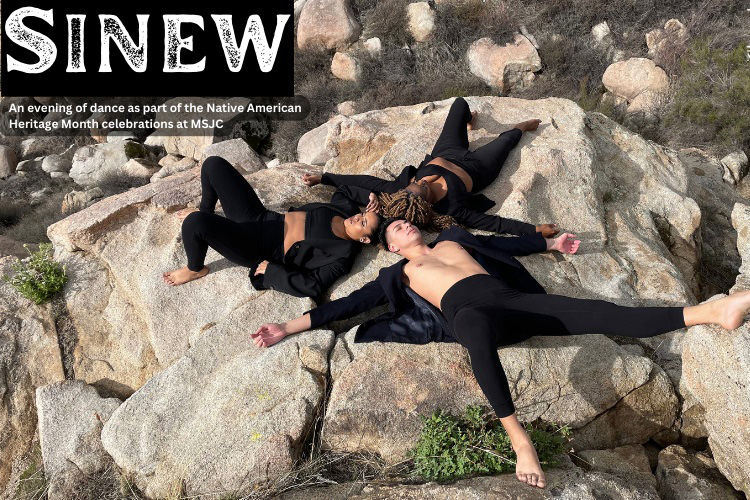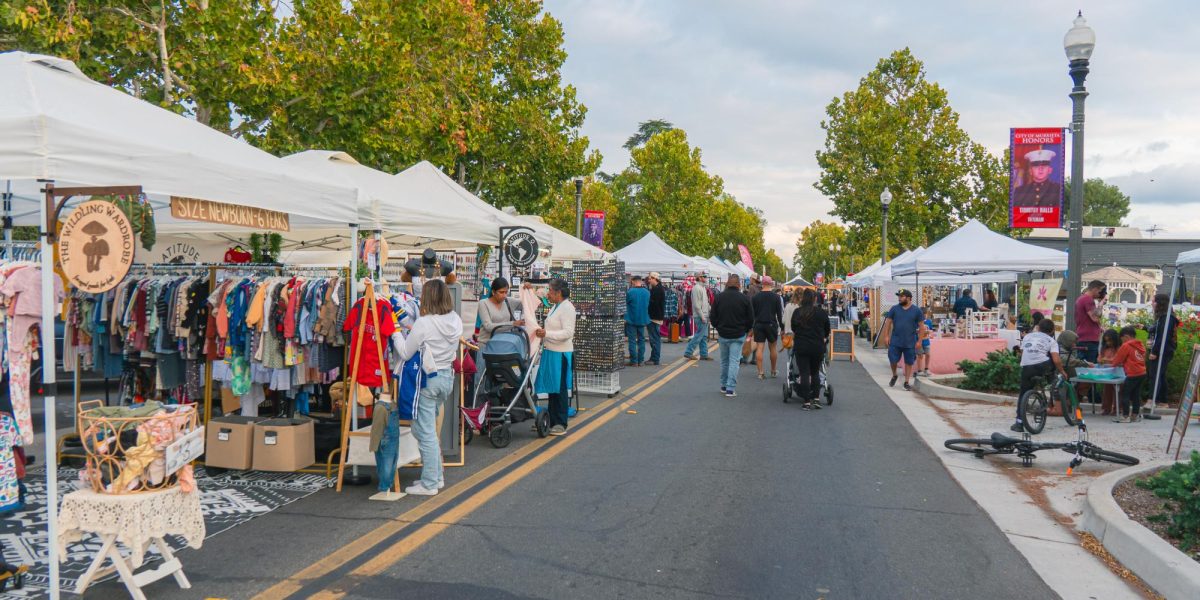Hidden within the tranquil trails around housing tracks lies a piece of forgotten history. Originally designed for equestrians seeking a safe route for their horses’ hooves, these paths now accommodate a diverse array of outdoor enthusiasts. However, as their popularity among hikers, bikers, and joggers has grown, so too have conflicts and safety concerns.
Some of you may have never seen a horse use these trails, and others may have only spotted tracks or a pile of manure. However, there are high odds that you may end up in the path of a wandering horse and rider. Today, we will prepare you for this encounter so you know exactly what the rules of the trail are, and equestrians will thank you.
Respecting the natural order of shared trails can lead to safer and more harmonious experiences for all users. According to the American Trails organization, horses always have the right of way on these paths. This means that hikers, bikers, and runners should yield to horses by stepping to the side of the trail and allowing them to pass safely. Failing to do so can startle the horse, potentially leading to dangerous situations for both the rider and other trail users.
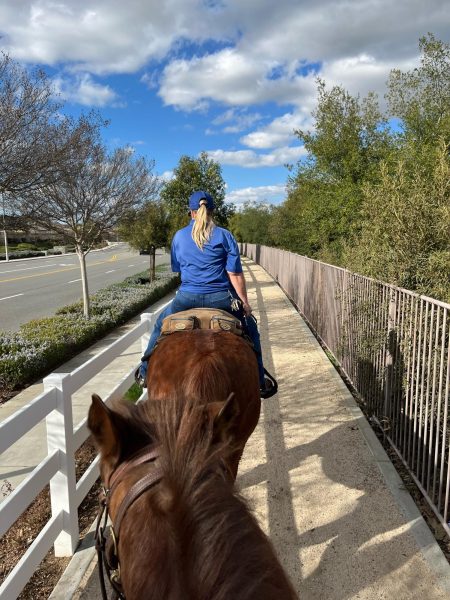
Some of you who hike at parks may recognize that these principles are applied in many parks and outdoor areas. Just as yielding to pedestrians is a norm in urban settings, respecting the right of way for horses is a similar principle in trail etiquette. Understanding and following these guidelines can prevent accidents and ensure everyone can enjoy their time on the trails safely.
To shed light on this issue, we spoke with two individuals: Sarah Rivers, an experienced horse rider, and Mark Rodriguez, a local resident who was unaware of the trail’s original purpose.
Sarah Rivers, a passionate equestrian, emphasizes the importance of trail etiquette. “Horses are powerful animals, but they can be easily spooked, especially by sudden movements or loud noises,” she explains. “When other trail users yield to us, it helps keep everyone safe.”
Mark Rodriguez, who frequently uses the trail for jogging, was surprised to learn about the right of way for horses. “I had no idea that these trails were meant for horses,” he admits. “I’ll make sure to stop for them if I ever see one.”
Educating trail users about proper etiquette is crucial for everyone’s safety. American Trails suggests the following guidelines for sharing trails with horses:
Yield the right of way: When encountering horses on the trail, step off to the side and allow them to pass. Avoid sudden movements or loud noises that may startle the animals.
Keep dogs under control: If you’re walking your dog on the trail, keep them on a leash and under control. Dogs running loose can spook horses and lead to accidents.
Stay on designated trails: Straying off the marked trail can damage vegetation and disturb wildlife. It’s also important to respect private property boundaries.
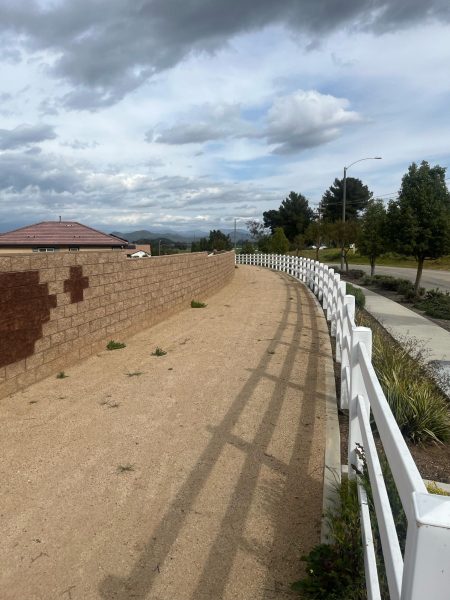 Communicate with riders: If you’re approaching a horse from behind, announce your presence in a calm voice. This gives the rider time to prepare the horse for your passing.
Communicate with riders: If you’re approaching a horse from behind, announce your presence in a calm voice. This gives the rider time to prepare the horse for your passing.
Be respectful: Remember that horses are living creatures, and their safety and well-being should be a top priority for all trail users.
By following these simple guidelines, trail users can ensure a safer and more enjoyable experience for everyone. Whether you’re a seasoned equestrian or a casual hiker, understanding and respecting trail etiquette is key to preserving these outdoor spaces for future generations.























